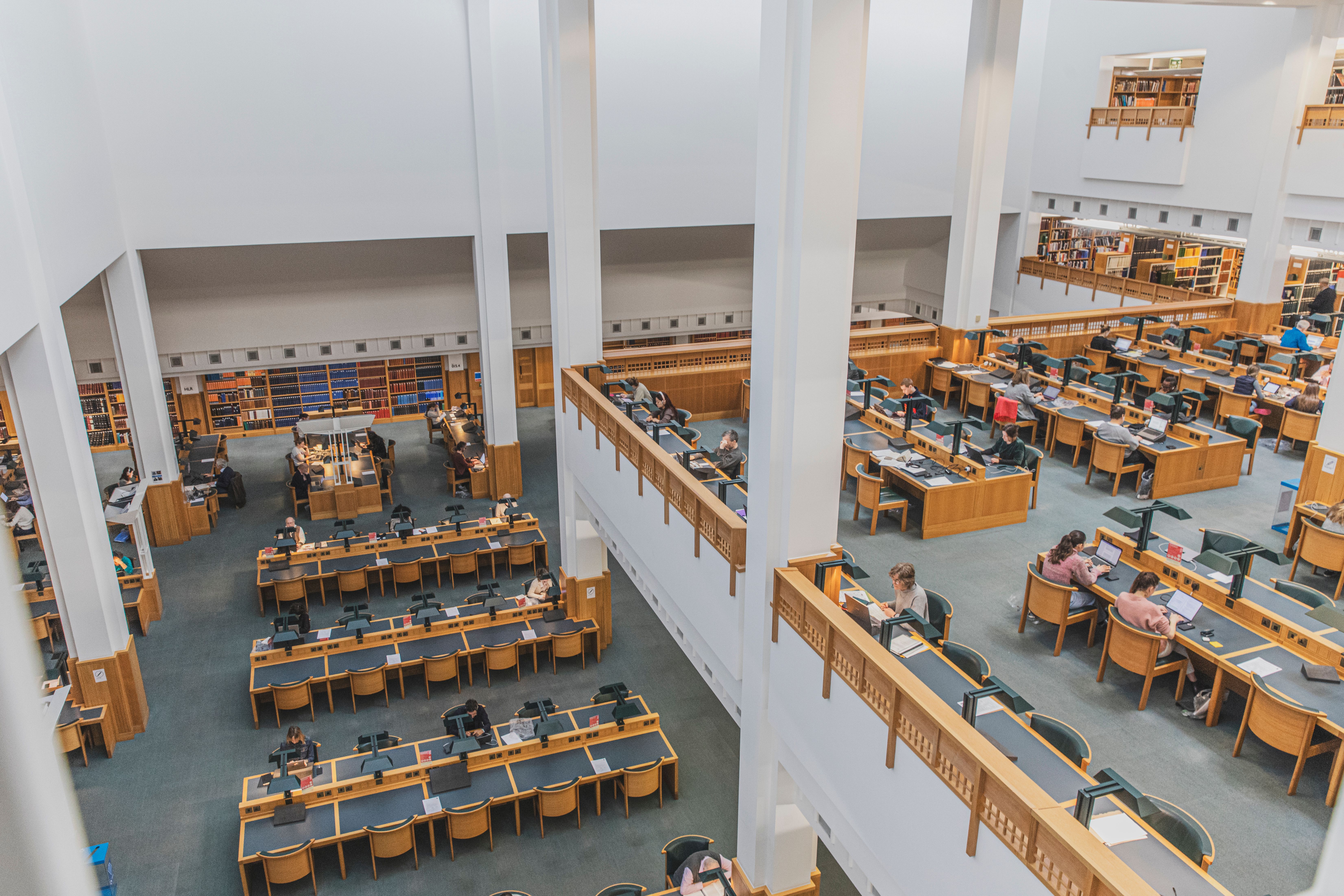Peoples and languages of the Austrian Empire in ethnographic maps
The Empire of Austria was created in 1804 when the last of the Holy Roman Emperors assumed the title Emperor of Austria as Francis I. This blog explores its people and languages through in 19th-century ethnographic maps.
5 July 2017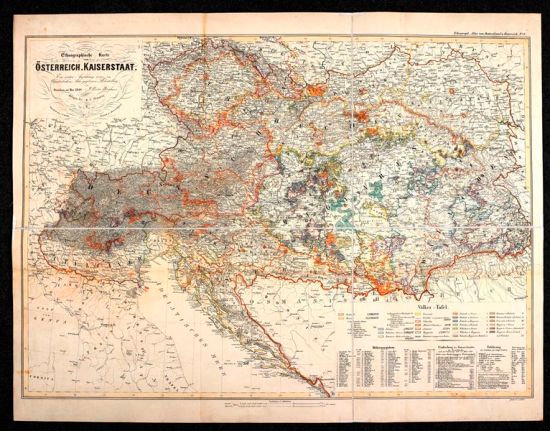.jpg?auto=format)
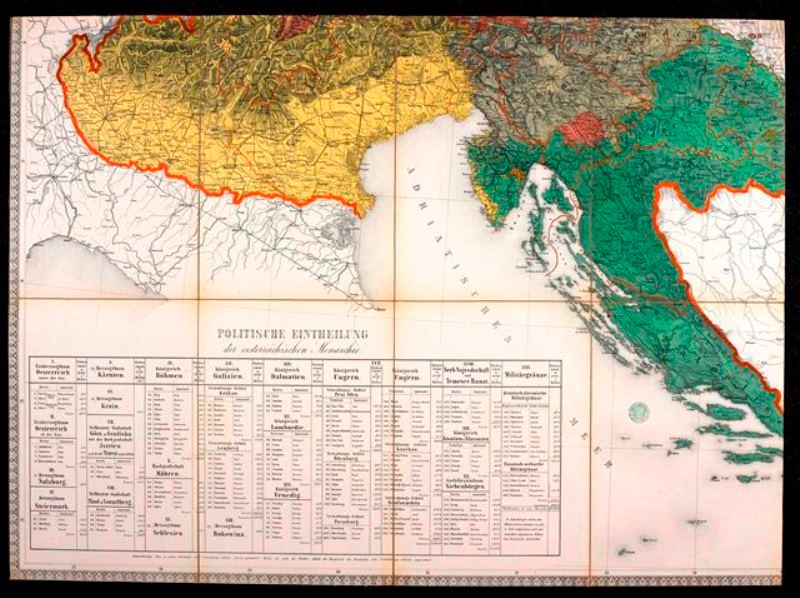
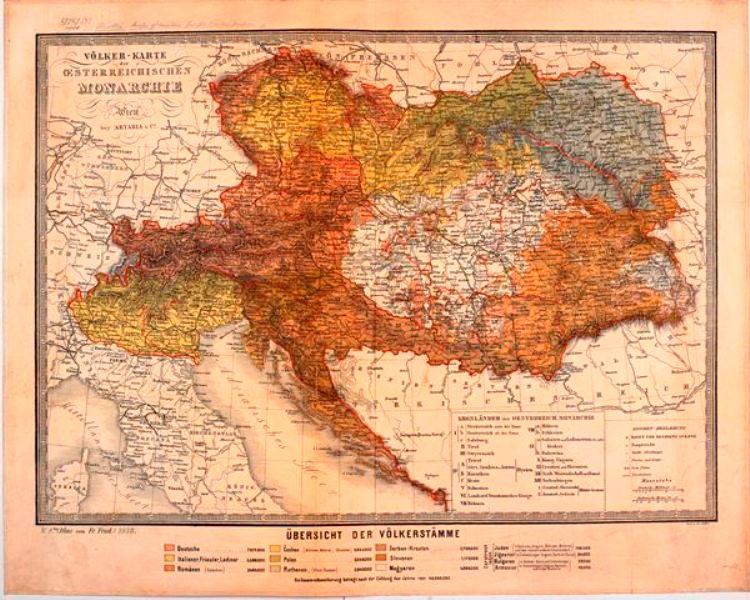.jpg?auto=format)
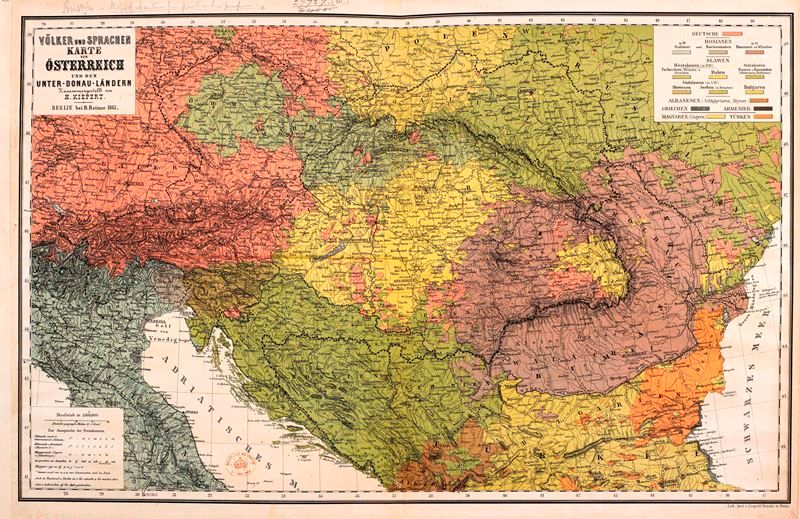.jpg?auto=format)
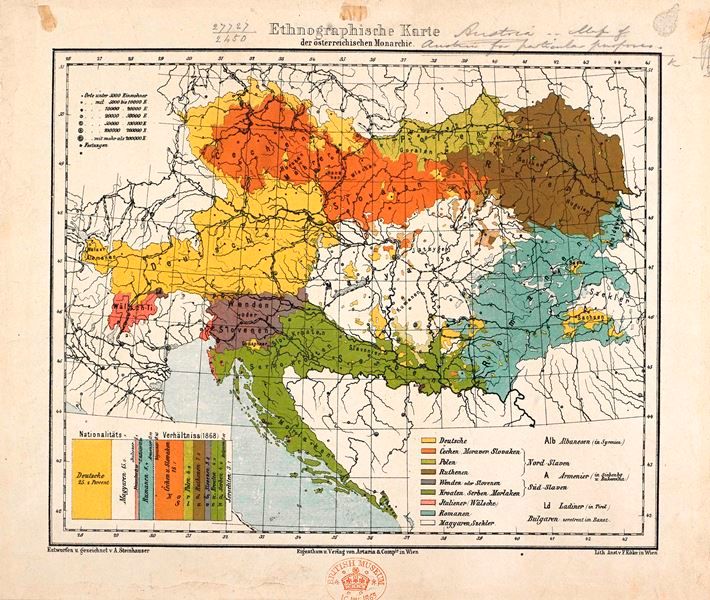.jpg?auto=format)
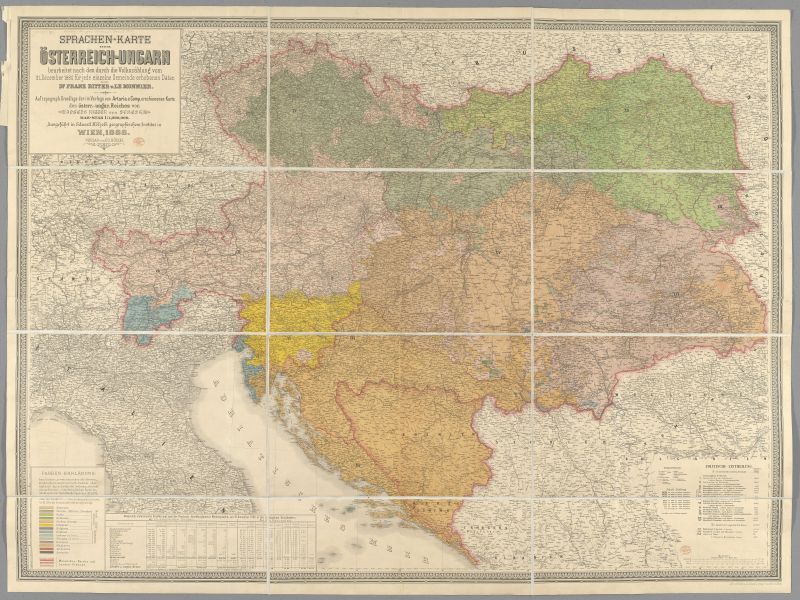
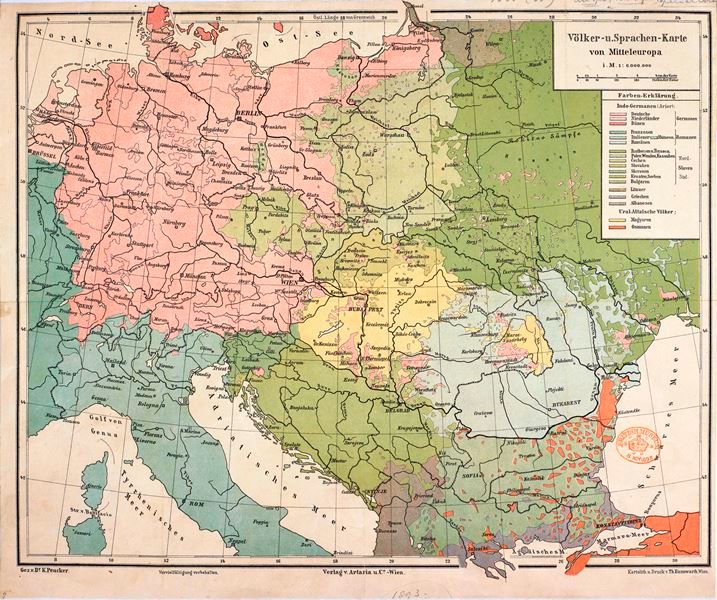.jpg?auto=format)



